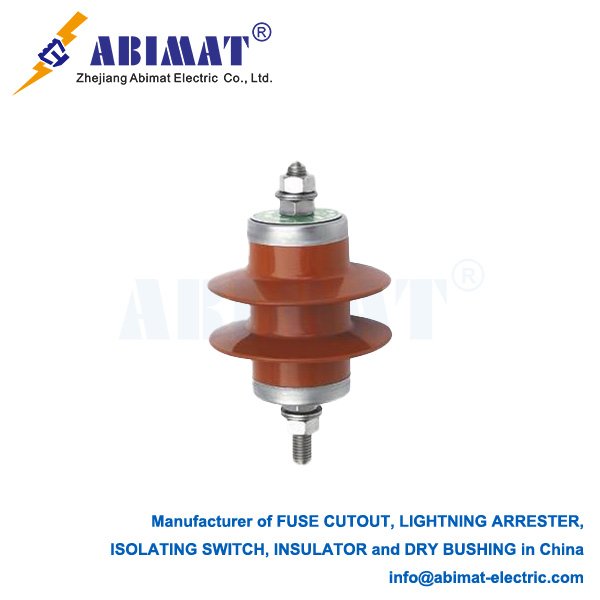Load Break Disconnects: Purpose and Operation
High voltage arresters are key protective devices in electrical power systems. They shield equipment from harmful overvoltages, with most of these overvoltages coming from lightning strikes or switching surges. Their role is to limit temporary voltages to safe levels—they do this by diverting surge currents to the ground, a step that keeps the system reliable and ensures power supply continues.
Operating Principle
Modern high voltage arresters have a core component: the metal-oxide varistor (MOV), typically crafted from zinc oxide (ZnO) discs. These discs have highly nonlinear voltage-current characteristics.
When the system runs normally, the arrester has very high impedance. Only a tiny leakage current—just a few microamps—flows through it. But when a temporary overvoltage strikes—one that exceeds the system’s protection level—the MOV’s resistance drops rapidly, taking only nanoseconds. This creates a low-impedance path to the ground, so surge energy drains safely. Once the overvoltage fades, the arrester quickly returns to its high-impedance state, and the system goes back to normal operation.

Key Types and Construction
Two main types are widely used in high voltage setups.
First is station-class arresters. These devices protect critical, high-value equipment: power transformers and circuit breakers in substations. They perform well—they absorb more energy and have low residual voltage (that’s the voltage measured when current discharges).
The other type is line-class arresters. We mount them directly on transmission and distribution lines. They reduce flashovers caused by lightning and prevent faults from occurring.
Modern arresters have a housing, made from polymer (silicon rubber) or porcelain. Polymer-housed arresters are lighter, handle pollution better, and resist damage. We seal the internal MOV discs tightly inside the housing; this keeps moisture out, a factor that’s vital for long-term performance.
Critical Parameters and Standards
When we choose an arrester, we need to check key parameters.
One key parameter is rated voltage (Ur). It’s the highest power-frequency voltage the arrester can handle after surge discharge without breaking down.
Another is continuous operating voltage (Uc): it’s the highest continuous power-frequency voltage we can apply to the arrester without damaging its performance.
Nominal discharge current (In) matters too—it’s the peak value of the current wave used to classify the arrester, like 5kA or 10kA.
Residual voltage (Ures) is also important. It’s the voltage across the arrester when it discharges the nominal current. Lower residual voltage means the arrester offers better protection.
Design and testing adhere to international standards, and IEC 60099-4 is a widely used one.
Applications and Importance
Arresters are a must in the entire electrical network. We use them on transmission lines—for instance, 230kV or 500kV lines—and distribution systems, such as 33kV setups. They’re the first defense against atmospheric and switching overvoltages.
By limiting these overvoltages, they stop insulation failure in transformers, circuit breakers, and other equipment, cutting down on device damage and expensive power outages. Modern monitoring systems can track the arrester’s leakage current, providing early alerts if the device starts to degrade.
In short, abimat high voltage arresters operate quickly and reliably. They’re a fundamental component that makes electrical infrastructure safer, more stable, and longer-lasting.


